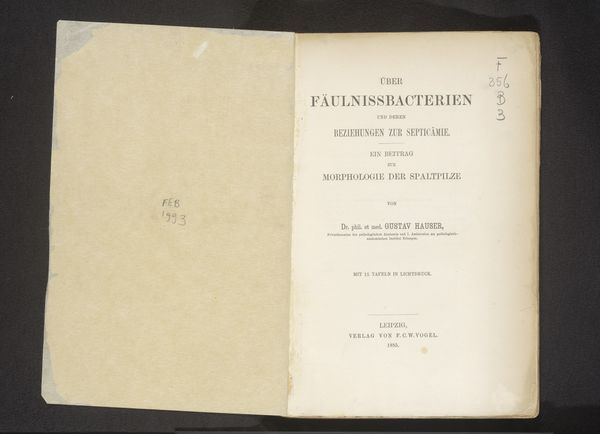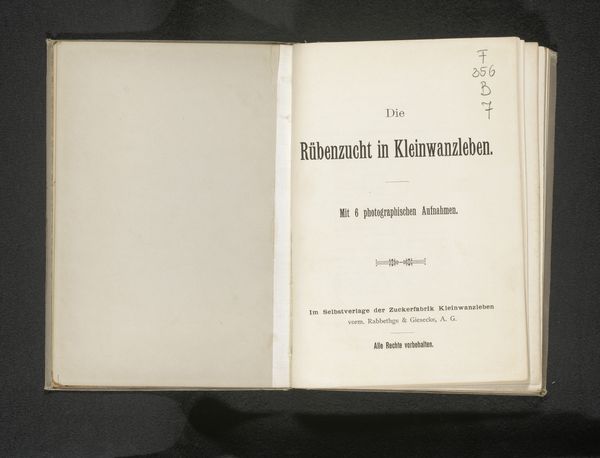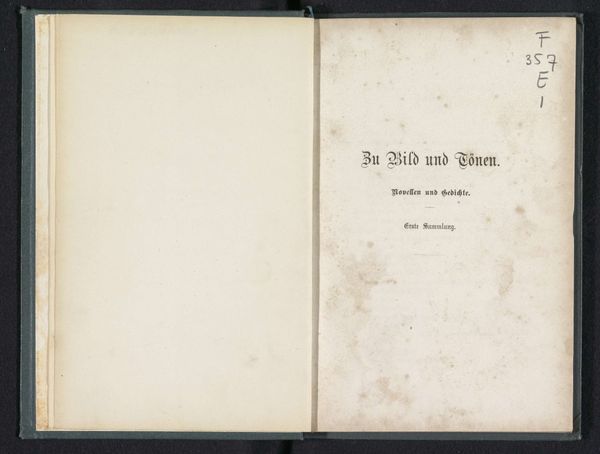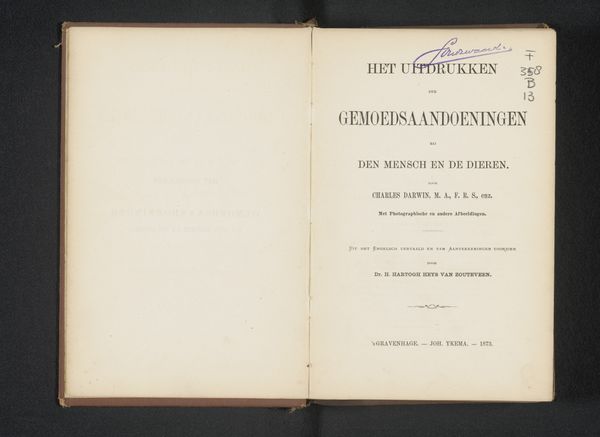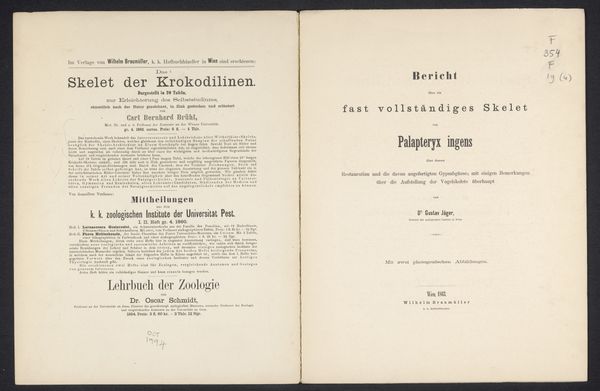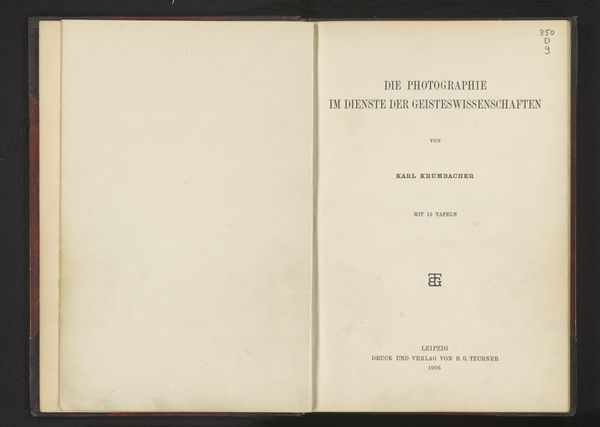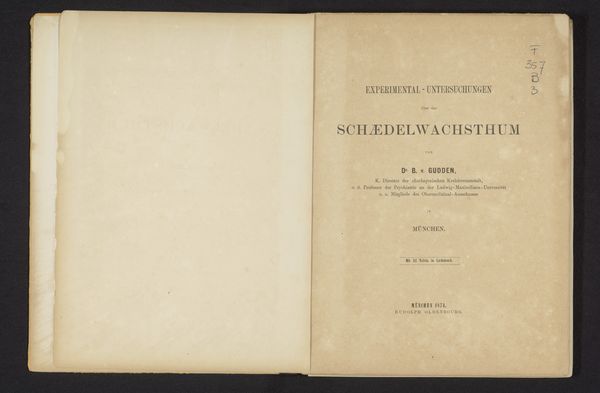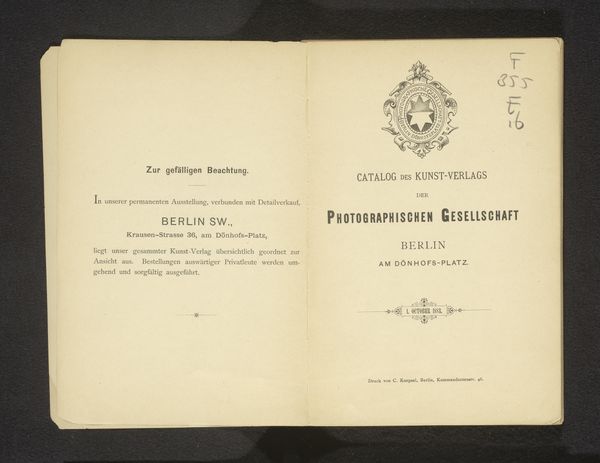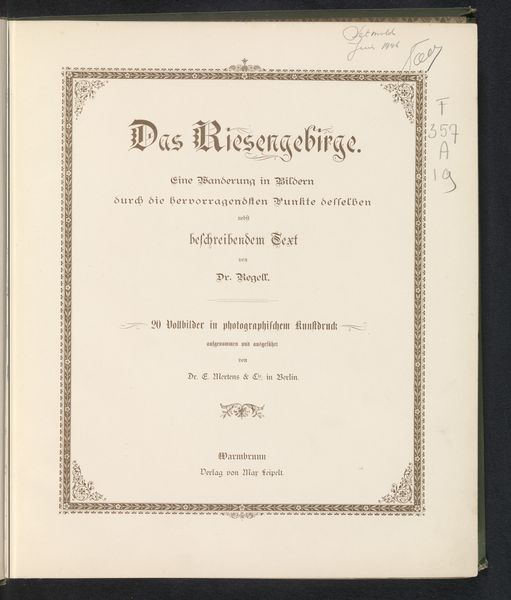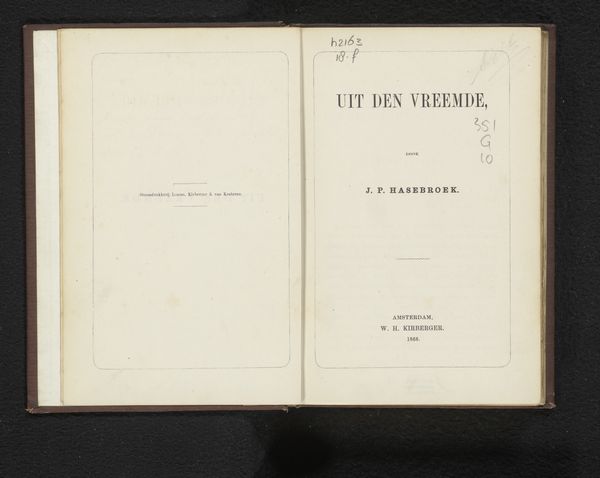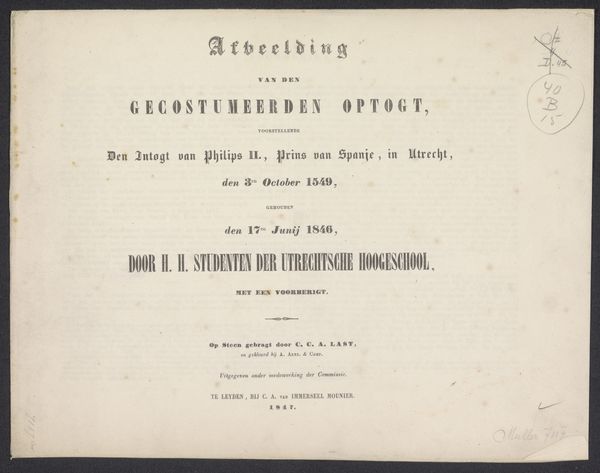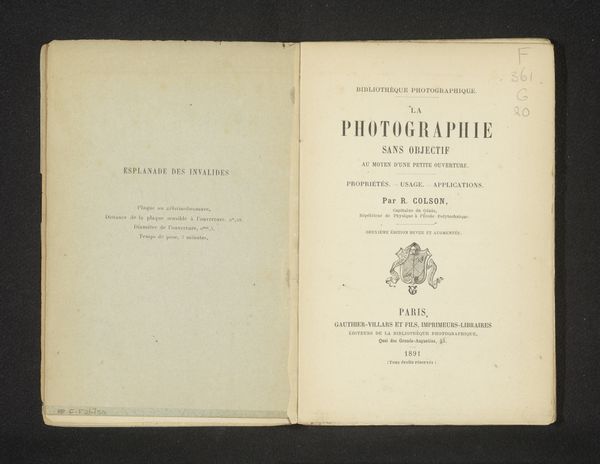
print, textile, typography
# print
#
impressionism
#
book
#
textile
#
typography
#
decorative-art
Dimensions: height 166 mm, width 115 mm, thickness 25 mm
Copyright: Rijks Museum: Open Domain
Curator: Here we have a striking example of late 19th-century decorative arts. This is the 1890 printing of Joseph Victor von Scheffel's "Der Trompeter von Säckingen," a popular narrative poem. Editor: Immediately, I'm struck by the visual weight given to the typography. The black letter font, with its pronounced serifs, almost becomes the dominant image. It feels deliberate, even imposing. Curator: Indeed. Consider that the creation of such a book, even a mass-produced one, involved considerable labor. The choice of textile for the cover, the quality of the paper, and, as you mentioned, the typesetting, reflect the perceived value of the text and its intended audience. Editor: And think of what a trumpet signified in 1890: heralding, communication, authority! The tale of the trumpeter then taps into that established symbolism. Beyond its initial appearance as literature, is this an image invoking authority? Curator: Good point. Scheffel was immensely popular and often considered a national poet. His work helped cement German identity in the wake of unification, and we must remember, producing such texts with elaborate typography, the very act was ideological! Think of the scale of paper production, ink production and dissemination! Editor: Yes, that visual presentation reinforced the cultural significance. You have that old script alongside more clean typography that represents both authority and the arrival of modernization. You see them on the page at once! It makes me wonder, what collective hopes and memories was it appealing to? Curator: That connection between historical aesthetics, a specific type of typeface, and nationalism… a complex interplay, made manifest in something as "simple" as a book. I’ve come to realize, after discussing the production of such works, how incredibly not-simple they really are. Editor: Ultimately, it seems, it is a portal through which we can see not just the words, but the entire apparatus of cultural production. Curator: Agreed. It brings a richer understanding than any simple summary ever could.
Comments
No comments
Be the first to comment and join the conversation on the ultimate creative platform.
